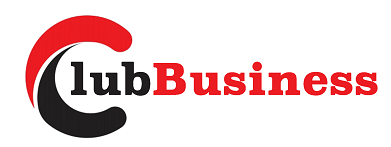Andrew Tate has risen to global notoriety through his brazen opinions and controversial public persona often deliberately provocative, Tate’s success reveals strategic branding lessons for the power of evoking strong reactions. Central to Tate’s branding is leveraging outrage and backlash to fuel interest and profits. He is internet economics, where clicks and reactions are monetizable assets. Tate intentionally voices views that spark visceral responses and debate. This breeds engagement and platforms then convert outrage into income.
Mastering social media
Tate meticulously crafted social media profiles across platforms optimized to amplify his messaging and draw eyeballs. He is prolific, posting content constantly to stay relevant. Tate also interacts with supporters and critics, fueling his brand. This mastery of digital channels gave Tate unfiltered access to global audiences.
Conversion funnels
Driving attention is only the first step. Tate effectively converts his social media followers into email lists, website members, merchandise buyers, and paying subscribers through sales funnels. Outrage alone does not pay the bills. But carefully managed outrage optimized into monetization pipelines does. Tate’s willingness to take on taboo topics and stand behind opinions sets him apart in an era of bland PR-speak. His brand feels authentic because he overtly rejects pandering and political correctness. Tate’s ideas may provoke, but followers respect his consistency and perceived integrity. This builds fierce loyalty with his core demographic.
Demo targeting
A brand must know its audience. Tate laser-focuses his messaging on resonating with young heterosexual men who feel marginalized by modern society. He plays on their frustrations and desire for empowerment. They see Tate boldly voicing views they agree with but fear saying publicly. Targeted personal branding amplifies impact. As platforms and society evolve, brands must adapt. Early in his career, Tate pivoted from kickboxing to web businesses. As traditional media shunned him, Tate mastered emerging channels like podcasts and lives streaming. His game business shifted into crypto as trends changed. Savvy branding requires fluidity to remain relevant.
Owning the narrative
Tate maintains control of his image by being the primary storyteller. He pumps out content daily across channels to speak directly to his audience, bypassing media gatekeepers. Tate gets to frame narratives around controversies on his terms. He gives followers an inside view into his mindset and persona. Direct access builds loyalty. Andrew Tate techbehindit article on HU deployed strategic personal branding techniques that entrepreneurs can learn from.
He turned polarizing opinions and backlash into engagement and profit through understanding attention economics, optimizing social media, crafting conversion funnels, projecting authenticity, targeting demographics precisely, adapting to new platforms, and owning his narrative. These lessons empower personal brands to thrive by evoking passion and reaction. They demonstrate the business upside of unmuted self-expression and fearless controversy. Tate’s methods elicit strong reactions, a model for dominating attention and monetizing a persona in the digital age.
Judging success on own terms
Tate accurately judges his brand’s success by the passion of his supporters rather than wider popularity. Most avoid vocalizing views perceived as offensive. Tate embraces rejection by the mainstream. His metric is the depths of his niches following find his unapologetic authenticity refreshing.

